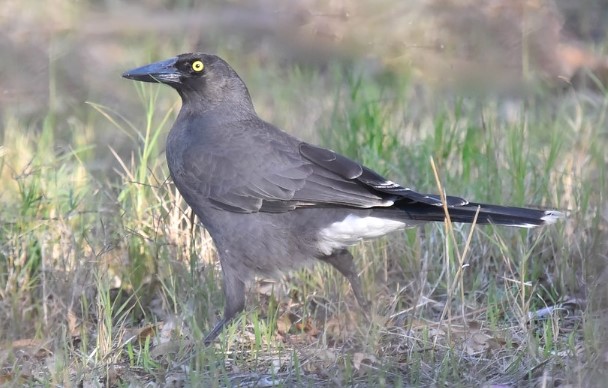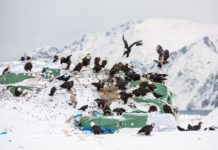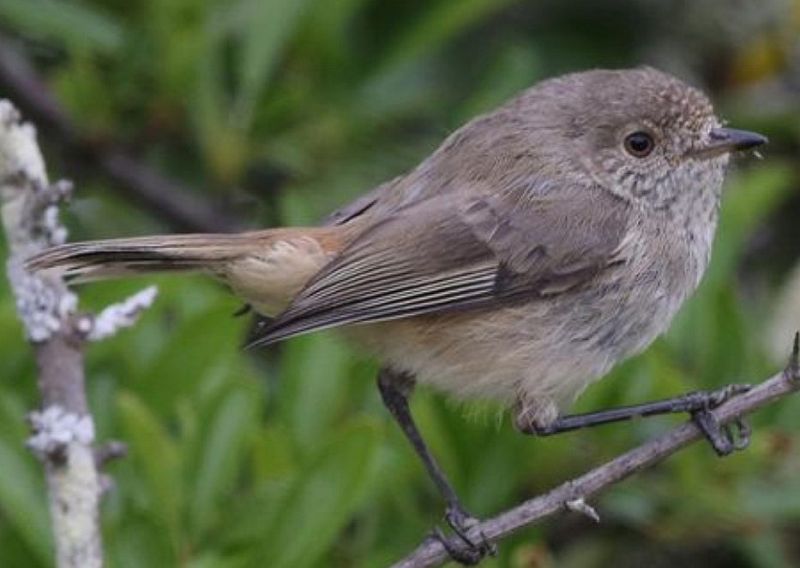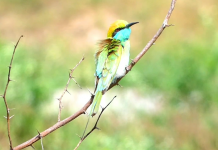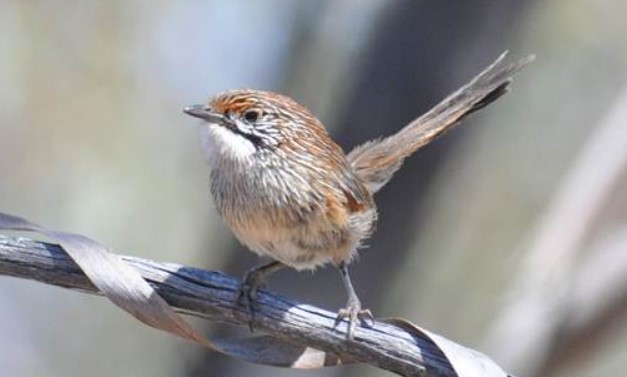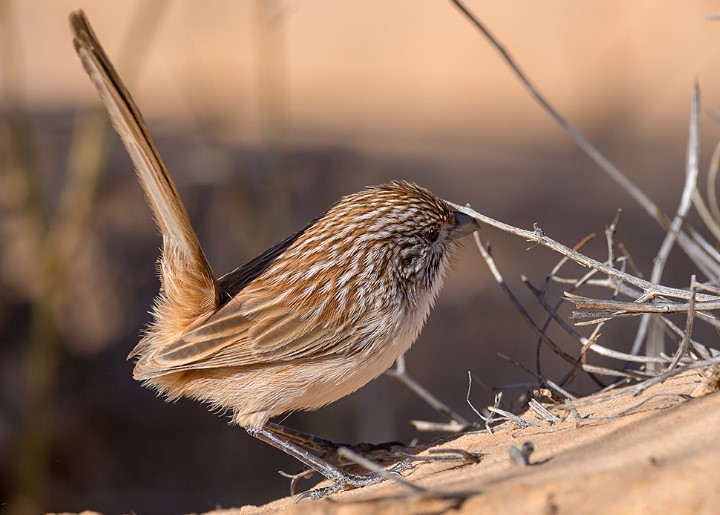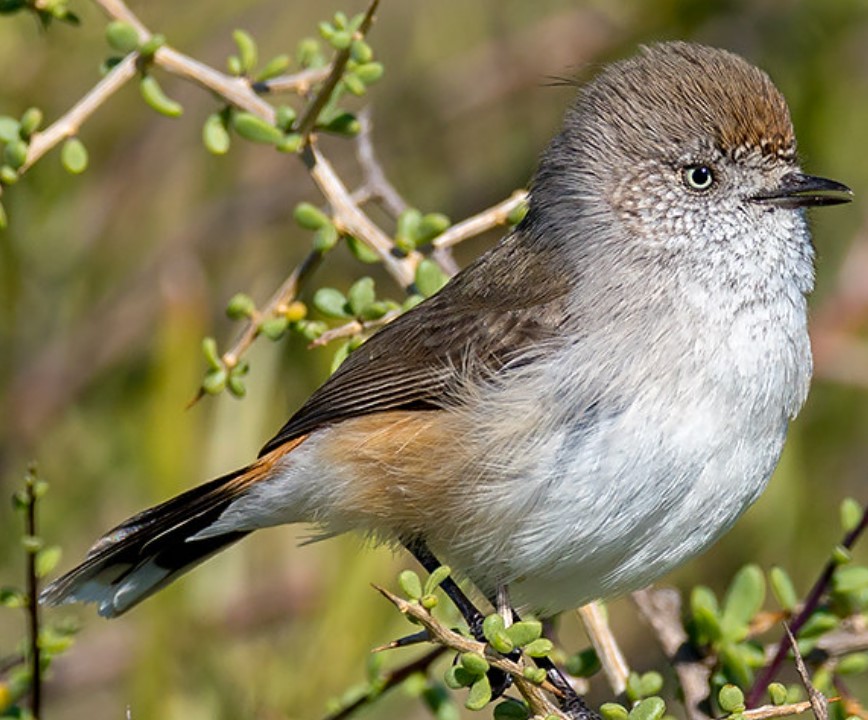Diet: The Grey Currawong explores the forest from upper branches to the ground in search of food, picking up insects, small vertebrates, eggs, and young birds robbed from nests as well as berries. The currawongs bound about heavily, whether on the ground or in trees; in flight, they float through the trees with deep swooping undulations and even slower wingbeats in flight.
Behavior and Habitats: In southern Australia’s sclerophyll forests and denser mallee and mulga woodlands, the Grey Currawong’s ringing call immediately catches the eye. Besides living in rather sedentary pairs or as solitary birds within forests, Gray Currawongs seldom venture out into open woodlands except, sporadically, during the winter months. During the winter, it flocks only in Tasmania, and then in loose groups, no larger than 30-40. Trees and shrubs are less commonly used for foraging.
Despite its rapid undulations, its flight is quiet. Walking or running on the ground causes it to hop or run. Most of the time, gray currawongs probe the ground for prey, but they may chase more mobile creatures as well. The gray currawong inhabits cleared areas adjacent to roads in southwestern Australia, according to a study on road ecology.
There have been reports of gray currawongs harassing larger birds such as wedge-tailed eagles and square-tailed kites. Observations of the species have suggested that it bathes in pond water by shaking its wings and that its plumage can be treated with clay after it has been washed.
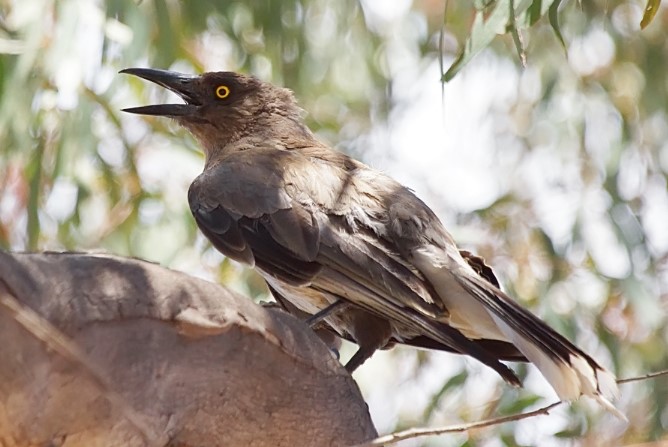
Grey Currawong vs Pied Currawong: Well, the Pied Currawongs are smaller and leaner than Grey Currawongs. Grey Currawongs of the Murray Mallee has a longer, slenderer bill than their black-winged counterparts. There are many ways in which the Pied Currawong feeds from it. Most commonly, it clings to the trunks of eucalypt trees and levers off bark to feed on insects underneath. If it finds insects or reptiles on rocky ground, it will crook its head to one side and force its bill underneath a stone. The main prey of this insect is insects found in forest litter and under tree bark.
Alternative Names: The bird is also known as Squeaker, Bell Magpie, Black-winged Currawong, Bell Crow-shrike, Brown Currawong, Brown Crow-shrike, Grey Bell-magpie, Grey Crow-shrike, Grey Magpie, and Rainbird.
Size: Gray Currawongs measure approximately 460-510 mm in length; but their sizes vary across their range. The largest birds, however, are found in Tasmania (S.v. arguta).
Identification: There is no difference between the sexes when it comes to adults. Body color varies from mid-grey to dusky in New South Wales and Victoria (S.v. versicolor) to dusky in Tasmania and Murray Mallee-Mt Lofty Ranges, SA (S.v. melanoptera) to dark-grey in central and Western Australia and Yorke and Eyre Peninsulas, SA (S.v. plumbea). There is a white band at the base of the wing primaries in all races except Murray Mallee-Mt Lofty Ranges. Yellow is the color of the eyes. Black is the color of the bill and feet.
Immature: Its appearance is similar to that of an adult bird, but it is duller.
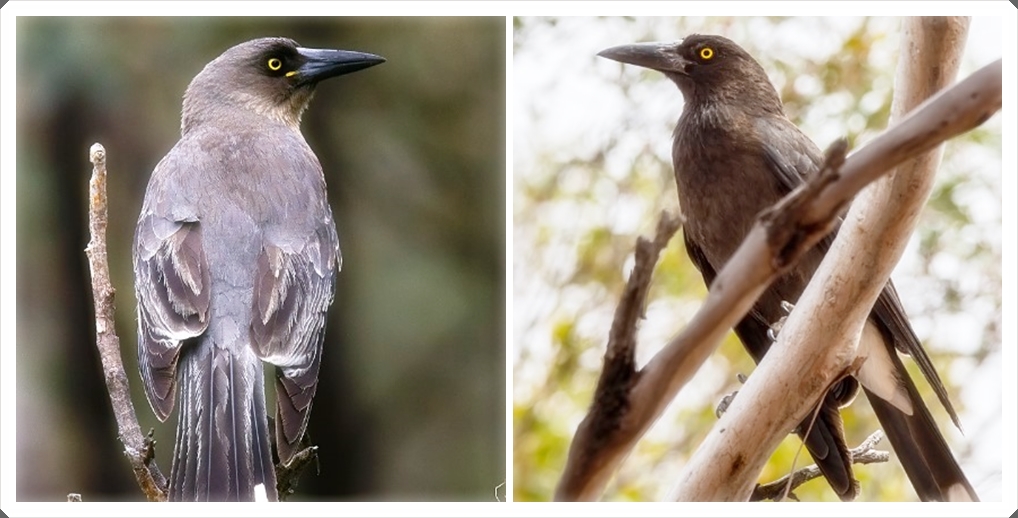
Voice Call and Song: Often in flight, Grey Currawongs call with double-note kring-kring or chling-chling on the same pitch in the east or more protracted kreee-ling in South Australia, keer-keer-kink in Tasmania or klink-klank in Tasmania. Soft mewing notes and trumpet-like squeaks are also sometimes heard. The toy-trumpet call is a softer and more tuneful musical call. There have been reports that it predicts rain. There is a clear piping sound in the bell call, similar to the clinking call. The females and young make an insistent repetitive squawking sound when begging for food from their parents, similar to the Australian magpie’s begging call, and make a gobbling sound when being fed.
Nesting and Breeding: In a large defended territory, grey currawongs breed in isolated pairs. It is only the female who incubates, but both parents feed the young throughout the summer, which remains dependent on them for several months. Each year, only one brood is raised. Nesting and breeding season lasts from July to November. A shallow cup-shaped nest is constructed by the bird of twigs, lined with coarse rootlets and grass, and placed in a horizontal foliage tree fork between 5 and 14 meters above the ground.
Eggs: It lays two or three stones-brown to pink-buff eggs with dark brown, red-brown, and lilac-grey spots and blotches. Approximately 42 x 30 mm in size, the eggs are oval in shape. Females are responsible for incubation.
Distribution: Grey Currawongs can be found in coastal and subcoastal open forests, close woodlands, mallee, and close mulga in southern Australia, from Shark Bay to Hunter Valley. A number of isolated populations exist in Tasmania and central Australian ranges. Four races have been identified so far.
Status: Due to its large range, the gray currawong does not meet the range size criteria for vulnerability. Although the population size has not been quantified, the trend appears to be stable. Read More – The Crow like Black Currawong
